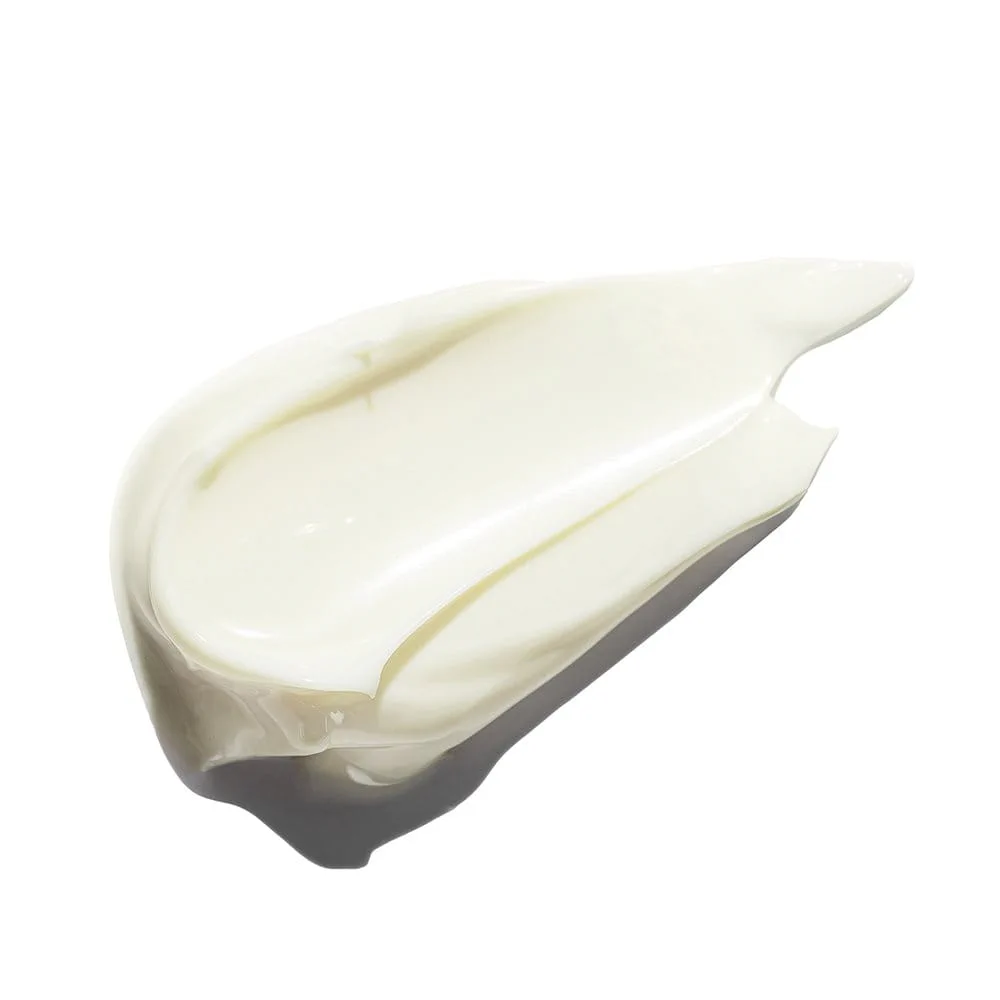Bierzemy odpowiedzialność za Twoją skórę i naszą planetę.






Bierzemy odpowiedzialność za Twoją skórę i naszą planetę.
Składniki
Dokładamy wszelkich starań, aby formuły naszych dermokosmetyków były utrzymane na najwyższym poziomie. Nigdy nie idziemy na kompromis w kwesii jakości ich składu. Dowiedz się więcej o kluczowych składnikach tego produktu.
Dążąc do utrzymania naszych produktów na najwyższym poziomie, regularnie udoskonalamy ich formuły. Może to skutkować pewnymi rozbieżnościami między informacjami dostępnymi na naszej stronie internetowej, a tymi umieszczonymi na opakowaniach. Dlatego zalecamy, aby zawsze zwracać uwagę na listy składników zawarte na opakowaniach produktów.
Likochalkon A to silny przeciwutleniacz i przeciwzapalny składnik aktywny pozyskiwany z korzenia lukrecji chińskiej (Glycyrrhiza Inflata).
W przypadku stosowania na podrażnioną skórę (taką jak skóra skłonna do trądziku, atopowa i/lub uszkodzona przez słońce) Likochalkon A zmniejsza zaczerwienienia i pomaga łagodzić łagodne stany zapalne.
Kwas Glicyretynowy jest pozyskiwany z korzenia chińskiej lukrecji – Glycyrrhiza Glabra – i jest znany ze swoich właściwości antyoksydacyjnych i kojących skórę. Pomaga chronić komórki skóry w głębszych warstwach naskórka przed szkodliwymi wolnymi rodnikami spowodowanymi promieniowaniem UV oraz wspiera mechanizm naprawy DNA skóry.
How do I know which SPF to use?
Sunscreens are available in four different levels of protection: low (factor 6 to 10), medium (15 to 25), high (30 to 50) and very high (50+). The higher the protection factor the better your skin is protected, but it’s important to apply the product thoroughly (be careful not to miss any bits) and to reapply it generously every two hours.
Can sunscreen clog my pores and lead to breakouts?
Some people with oily and acne-prone skin are concerned that sunscreen will worsen their symptoms and avoid sun protection altogether. Specially formulated products such as Eucerin Sun Spray Oil Control Transparent SPF 50+ are tested on people with oily and acne prone skin and proven neither to clog pores nor to trigger breakouts.
My skin is acne-prone. Do I need special suncare?
Yes. Effective sun protection is essential for all skin types and it’s particularly important for acne-prone skin for a number of reasons:
It’s also important to be aware that some acne medication and skin peels can make skin more sensitive to the sun and more susceptible to sun-induced skin damage. Products specially formulated for acne-prone skin, such as Eucerin Sun Spray Oil Control Transparent SPF 50+, will protect acne-prone skin from sunburn with high UV protection and a non-sticky and non-oily finish, offering all-day protection with oil and shine control.
Why do I need to integrate sun face care into my daily routine?
Facial skin is more sensitive to UVA/UVB radiation and HEVIS light than skin on the rest of the body as it is exposed to sun all year round. Sun protection can help you avoid the cellular DNA damage caused by UV, photoaging (premature aging caused by the sun) and hyperpigmentation. It is important to protect facial skin whenever it is exposed to the sun.
What is the difference between UVA and UVB rays?
UVA rays penetrate the deeper layers of skin. They stimulate the production of free radicals in the skin which cause oxidative stress and can lead to indirect DNA damage (where the free radicals modify cellular DNA over time). UVA rays are most commonly associated with photoaging (premature skin aging caused by the sun). They can also trigger sun allergies such as Polymorphous Light Eruption (PLE). UVB rays can also provoke allergies, but to a lesser degree.
UVB rays provide the energy your skin needs to make Vitamin D and stimulate the production of melanin which is responsible for tanning. They don’t travel as deeply as UVA rays, penetrating only the outermost layers of skin, but they cause more immediate damage such as sunburn. UVB rays are directly absorbed by cellular DNA which can lead to skin diseases such as actinic keratosis and skin cancer.
Both types of UV can induce hyperpigmentation and may contribute to conditions such as sun spots (also known as age spots) and melasma.
Powiązane artykuły
Likochalkon A, Glycyrrhetinic Acid
Dowiedz się więcej